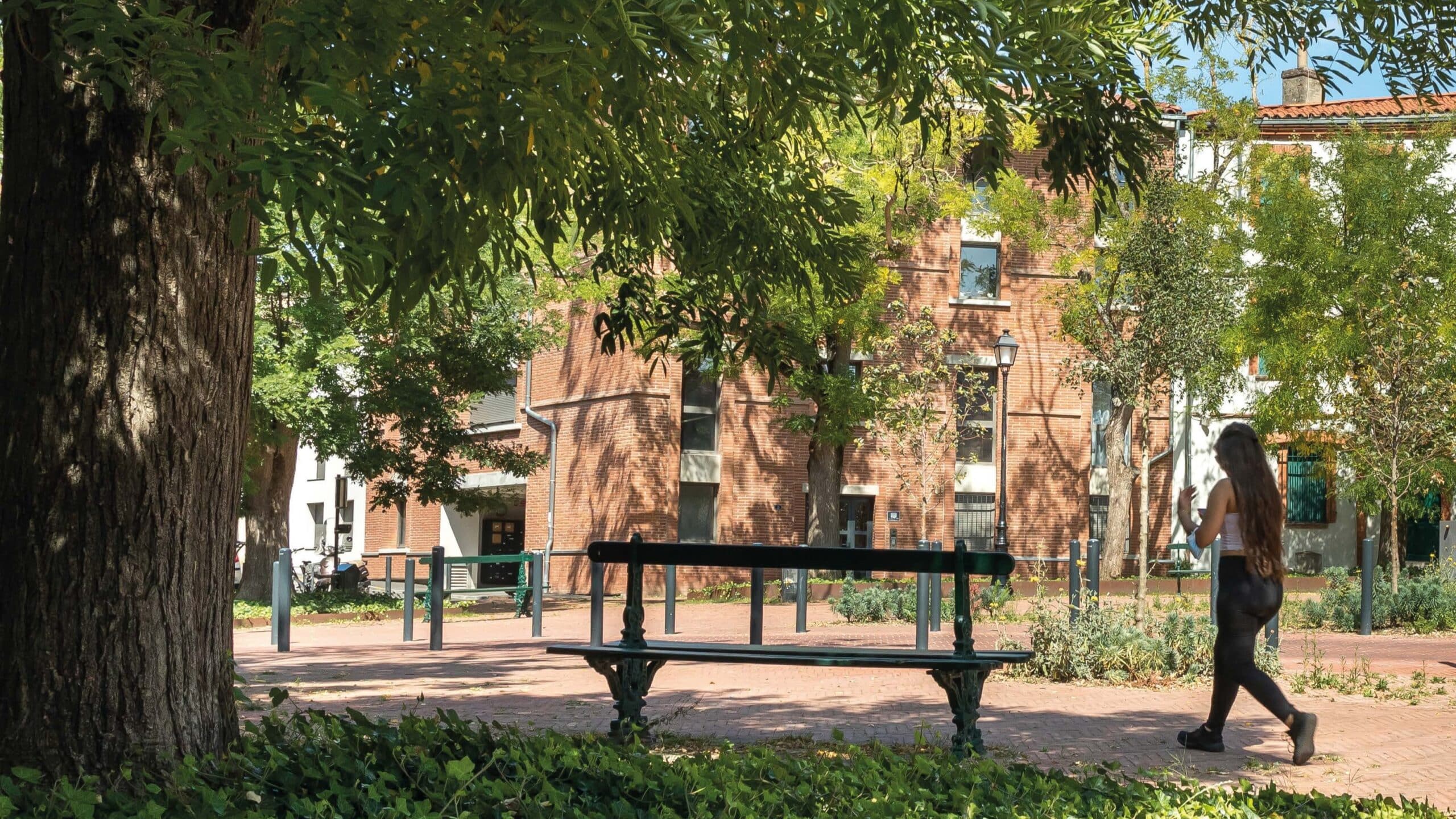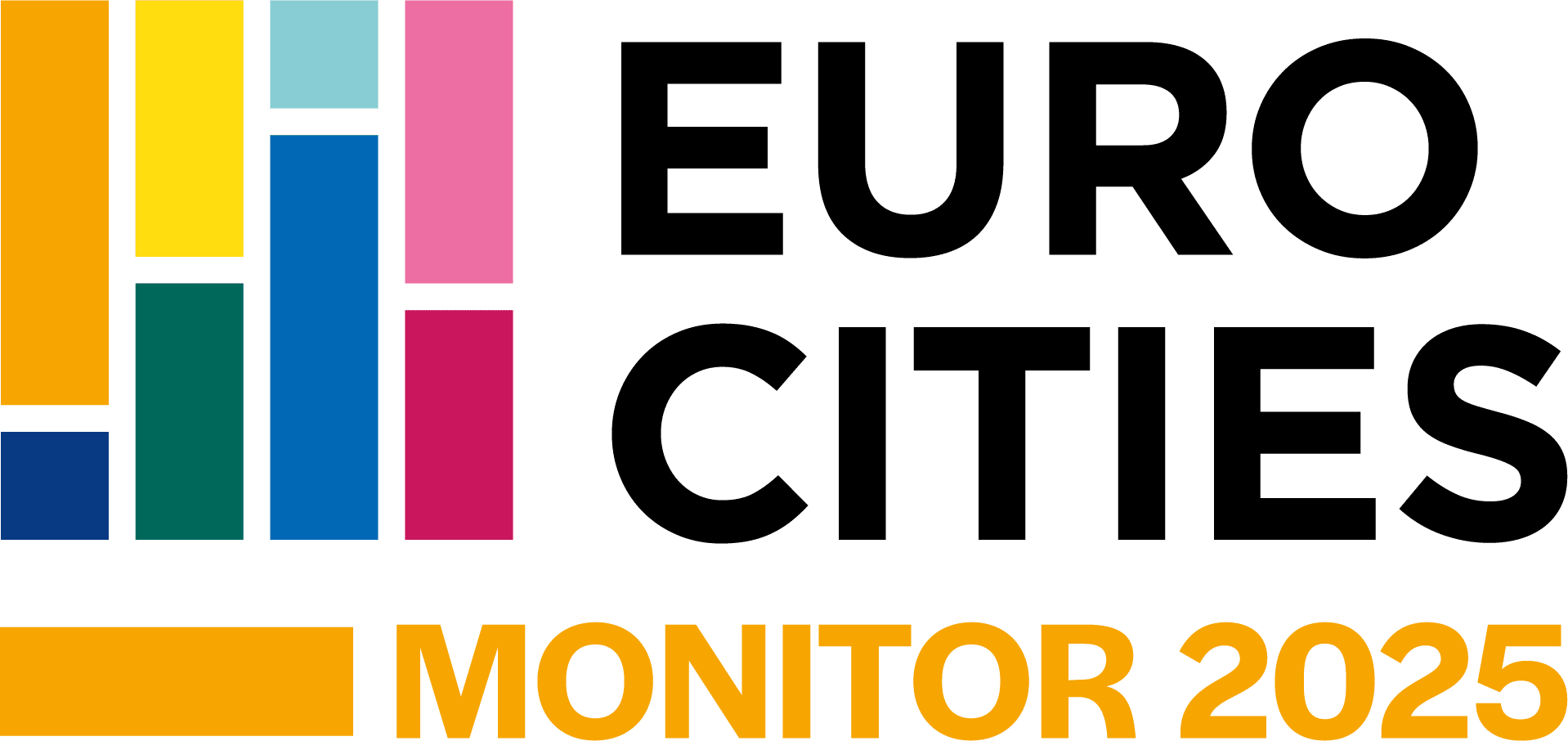Photo Credits: ALA Architects
Reading Time: 6 minutes
Photo Credits: ALA Architects
Culture calling: European cities leading on sustainability and inclusion
In cities across Europe, culture is proving to be a powerful tool for change and it is now firmly on the agenda of urban leaders working to tackle complex societal challenges.
Whether it’s climate change, inequality, or social fragmentation, more and more cities are turning to cultural policy to drive transformation, not only in what they fund, but in how they think, engage and act.
Culture as infrastructure
For many local governments, culture is recognised as a core part of the urban ecosystem, deeply connected to wellbeing, inclusion, innovation and environmental sustainability.
Ljubljana is a prime example of this shift. The city has embedded culture in its broader sustainability strategy, encouraging green practices among cultural institutions and supporting projects that link culture with the climate transition.
In Toulouse, the focus has been on access and equity. The municipality has developed targeted programmes to reach groups often excluded from mainstream cultural life. Mobile cultural activities, free open-air events, and partnerships with community organisations have made culture visible and accessible across all neighbourhoods.
Strasbourg has taken these efforts a step further by raising the profile of local cultural action at the international level. Through active participation in European networks and policy dialogues, the city has positioned culture as a key driver of the green and just transition.
From addressing physical accessibility to creating opportunities for engagement, Eurocities envisions a cultural landscape where everyone feels a sense of belonging.
– Nicole Yardeni, Deputy Mayor of Toulouse and Eurocities’ Shadow Commissioner for Sustainable Culture
A movement of cities
Launched in November 2023, the Eurocities Lille Call to Action for a low carbon and low inclusive culture brings together an ever-growing number of cities (now 53 and counting) around a shared belief: that culture must be a central force in the transition towards a more sustainable and inclusive Europe.
Acknowledging the urgency of the climate and biodiversity crises, the Call to Action positions local cultural policies as drivers of both environmental and social change. It recognises the power of the arts to move hearts, raise awareness and foster collective responsibility, while also acknowledging the environmental footprint of cultural production.
Cities signing the Call commit to transforming how culture is produced, experienced and shared, placing sustainability, equity and artistic excellence at the core of their local strategies.
Crucially, the Call reaffirms that cities are not just implementers, but co-creators of Europe’s future. As places where daily life, policy and creativity meet, cities are uniquely positioned to build bridges between cultural actors, institutions and citizens, and to lead by example.

Cities as co-creators of EU policy
While cities show strong local ambition, they are also calling for greater recognition at European level. That is where the EU Cultural Compass, currently in development by the European Commission, becomes particuarly relevant.
For Eurocities members, the Compass represents a unique opportunity to ensure that the local perspective is fully integrated into the EU’s upcoming strategic framework for culture. Cities want to help shape this new direction, and they have the experience, data and networks to do so.
The message is clear: cities are ready to lead, but they need the EU to walk with them. As the Commission works on its cultural strategy, local leaders are asking for formal mechanisms to participate, co-create and influence the outcomes.
Every cultural initiative has the potential to be a catalyst for positive change.
– Dejan Crnek, Deputy Major of Ljubljana and Chair of the Eurocities Culture Forum
Designing better cities together
Across Europe, cities are rethinking the role of architecture in everyday life. Funded by the Creative Europe programme, the Living Spaces project, led by Eurocities and the Architects’ Council of Europe, brought together 217 representatives from cities, regions and national governments to explore how a high-quality built environment can drive sustainability, inclusion and wellbeing.
From transforming former shipyards in Malmo to reviving forgotten neighbourhood squares in Caceres, the project demonstrated that quality architecture is not about landmark buildings, it’s about designing places for people.
Through peer-learning visits and a catalogue of 30 good practices, participating cities discovered how climate adaptation, social equity and a stronger sense of place can all begin with thoughtful design.

Culture as a common ground
At a pivotal moment for Europe, the European Heritage Hub is helping redefine the role of cultural heritage in building a sustainable, inclusive and innovative future. With Eurocities as one of its core partners, the Hub brings together actors from across Europe and beyond, including the Western Balkans, Ukraine and the Caucasus, to amplify the role of heritage in responding to today’s major transitions.
Far from being a static memory of the past, the Hub positions heritage as a living force: one that can support the green and digital transformation, foster civic participation, and strengthen social cohesion. Through peer-learning, policy monitoring, and cross-border collaboration, the Hub works to ensure that cultural heritage is no longer treated as a sectoral topic, but as a cornerstone of Europe’s future.
One of its ambitions is to bring new voices into the conversation, especially young people and groups often excluded from traditional cultural initiatives. It also champions the role of heritage in peacebuilding and reconciliation, helping cities navigate complex histories while promoting shared European values.
Art and culture raise awareness for climate action, sustainability and diversity in our communities and societies.
– Katja Dörner, Mayor of Bonn
Looking ahead
Across all these efforts runs a common thread: cities are using culture to imagine and build a better future. They are not waiting for perfect conditions. They are acting now, testing new methods, building alliances and learning from one another.
The work is far from finished. But the direction is clear. Culture is central to how we respond to today’s most pressing challenges.
